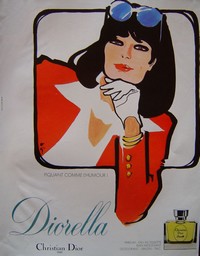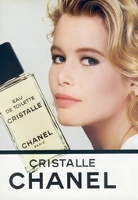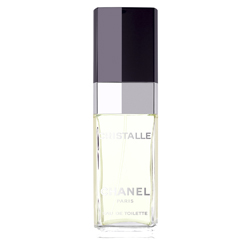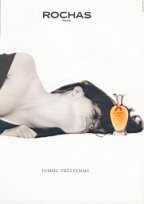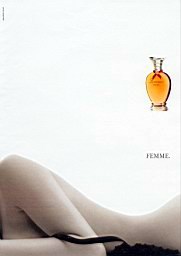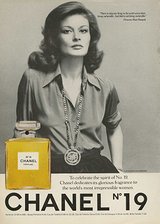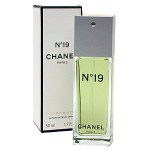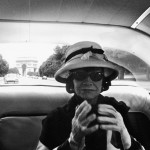Guerlain – Chant D’Aromes
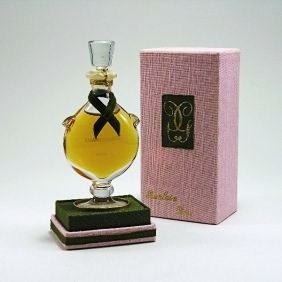 Chant D’Aromes was the first solo creation of Jean-Paul Guerlain after the retirement of his grandfather Jacques. Chant D’Aromes was released in 1962, before much of the social and political upheaval which would come to define the era. The name, roughly translated as “Song of Scents” is especially revealing for me, because within Chant D’Aromes, I detect the seedlings of all of the magnificent creations Jean-Paul would cultivate throughout his illustrious career. If Aime Guerlain was innovation, and Jacques contemplation, Jean-Paul would soon prove to be flirtation.
Chant D’Aromes was the first solo creation of Jean-Paul Guerlain after the retirement of his grandfather Jacques. Chant D’Aromes was released in 1962, before much of the social and political upheaval which would come to define the era. The name, roughly translated as “Song of Scents” is especially revealing for me, because within Chant D’Aromes, I detect the seedlings of all of the magnificent creations Jean-Paul would cultivate throughout his illustrious career. If Aime Guerlain was innovation, and Jacques contemplation, Jean-Paul would soon prove to be flirtation.
While overall, Chant D’Aromes gives the impression of a light-hearted floral bouquet with rich peachy undertones, within the opening notes, I detect the slightest sharpness that would be the unforgettable introduction to Chamade. As the seedlings begin to unfurl out of their sharp green hyacinth cases, the radiant fruity warmth of what would become Nahema is apparent. Chant D’Aromes also has a slight animalic note that would re-appear in many of Jean-Paul’s creations, subtle enough not to cloud the overall innocent impression of the composition, yet an unmistakable nod to the scent of the woman whom these flowers adorn.
While Chant is a lovely fragrance in its own right, it conveys all of the exuberance of youth not yet tempered by long years of experience. Chant is jubilant and smells of a celebration, as though Jean-Paul was able to distill a thousand disparate thoughts about love and perfume and harmonize them into a glorious nectar. While his later fragrances would achieve a level of sophistication comparable to that of his predecessors, Chant is a beautiful creation that captures the excitement and passion of a young man in love. This by no means is meant to imply that Chant is an amateurish creation – on the contrary, Chant D’Aromes reflects a level of craftsmanship that surpasses many of the perfumes available today.
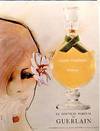 I am fortunate enough to have vintage versions of the extrait and eau de cologne which are similar in character, with the eau de cologne being slightly more powdery. I have not sampled the most recent reformulation, but understand that it bears a closer resemblance to Chant D’Aromes than prior attempts.
I am fortunate enough to have vintage versions of the extrait and eau de cologne which are similar in character, with the eau de cologne being slightly more powdery. I have not sampled the most recent reformulation, but understand that it bears a closer resemblance to Chant D’Aromes than prior attempts.
Floral Chypre
Notes: bergamot, mandarin, peach, tuberose, ylang ylang, , gardenia, honeysuckle, jasmine, helichrysum, iris, cedar and sandalwood, musk, oakmoss, frankincense, vetiver, and tonka bean.




